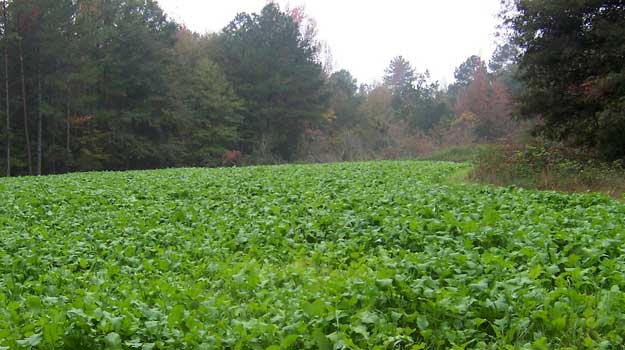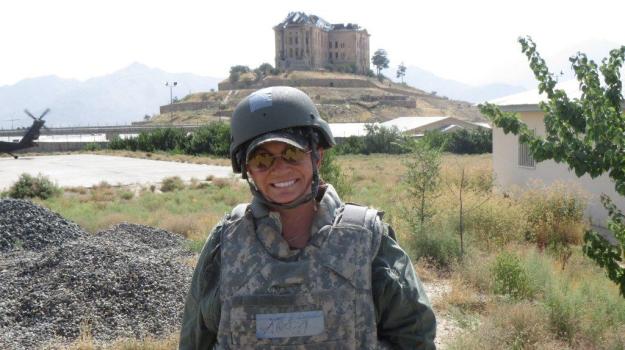3 Things You Need To Know

The terms “no-till” or “no-plow” often gives newbies a false sense of hope. It tells them that it’s acceptable to cut out an important step in the planting process and everything will be OK. The problem being - these types of products are often sold to these first-timers or food plot farmers that don’t have the equipment necessary to complete all the plantings steps according to the book. And the more steps you skip in the planting process, the more you will sacrifice in attraction, yield and palatability to a point where you have a total failure. It is possible to plant a plot without working the soil, but if you’re going to skip this very important action, some of the remaining steps become much more essential and must be completed correctly. Along with several other details, there are three vital steps to ensuring success.
Location. First, you must make sure you choose a suitable location. You can’t just plant anywhere and expect success. Soil quality is a key. Since we can’t work any lime into the soil to reduce soil acidity, the soil’s pH will also be crucial. So doing a soil test would also be recommended. A good rule of thumb in choosing a location is; if significant vegetation grew on the site during the prior growing season, that normally indicates there should be enough sunlight hitting the spot. It should be receiving adequate moisture and the soil should be suitable to sustain your food plot.
Eliminate Competition. Next, make sure to eliminate the existing vegetation (competition). You don’t want your crop competing with native plants for sunlight, moisture and soil nutrients. Plain glyphosate (Roundup) is usually the best, easiest and least expensive choice for this job. If there is a lot of plant mass to kill and remove, some managers may plan a no-till plot a year in advance and begin killing weeds the year prior.
Seed to Soil Contact. Finally, make sure your seeds make contact with the soil. For good germination, the seeds must be planted the appropriate depth. Several different types of drags will work, a harrow behind an ATV, or a rake and some “elbow grease” is all it really takes, but the seeds must contact the soil well if you wish proper germination.
There are a number of other details important to the planting process, but when planting a no-till plot these are the most significant. No-till planting is a great method to produce a stand in a spot where the ground cannot be worked due to excessive rocks, stumps or other debris, a site where you cannot get equipment to, or for first-time farmers who don’t have the necessary equipment. Creating a proper seedbed will usually produce better results, but this is a technique that is ordinarily used when customary planting approaches are out of the question.
This tip is courtesy of the GameKeepers Field Notes, a weekly wildlife and land management email newsletter produced by the Mossy Oak GameKeepers.
A GameKeeper by definition is someone who truly loves AND lives the land, the critters and nature…not just during hunting season but all the time. A GameKeeper wants to be outdoors every day and work the dirt while living their personal “obsession”.
Find out more about what makes a GameKeeper by visiting our website.































